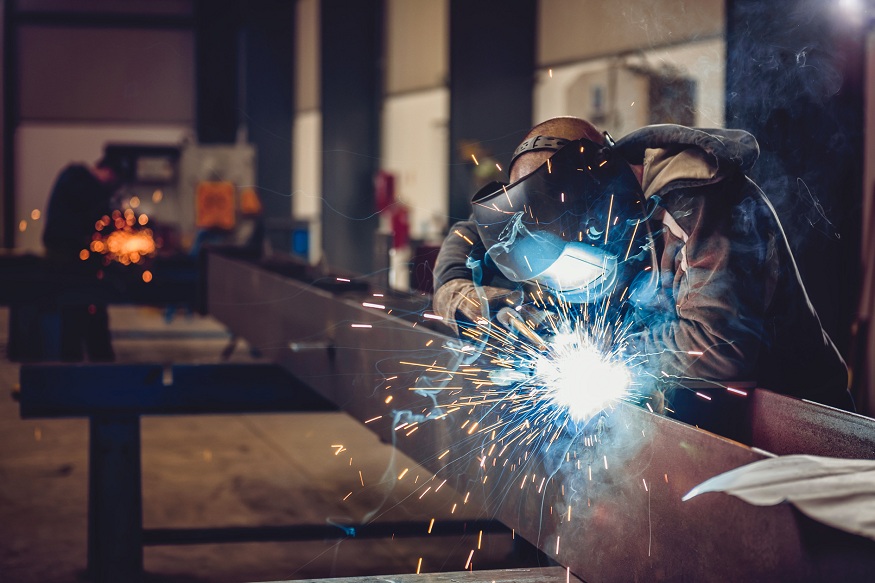Reinventing Strength in Modern Manufacturing

Industrial Welder With Torch and Protective Helmet in big hall welding metal profiles
Manufacturing has flipped itself inside out over the last several decades. Heavy used to mean tough, but today’s workshops spit out products that are lighter, tougher, and last longer than anything our grandparents could dream of. The secret? Brand-new materials, smarter ways of making things, and a totally fresh idea of what strength actually is.
The Material Revolution
Steel and aluminum remain important, but other materials have entered the market. Composite materials are revolutionizing the industry, combining various components to create something superior to any of its individual parts.
Carbon fiber is the superstar of this show. Picture impossibly thin strands woven into a fabric and soaked with resin. The result is a material that beats steel in strength but is a tiny fraction of the weight. You’ll find it in racecars, in the ribs of modern aircraft, and even in your favorite lightweight tennis racket.
Advanced plastics are punching above their weight, too. Designed to shrug off heat, chemicals, and the passage of time, these polymers keep their cool where metals might fail. Some polymer composites actually get tougher the more you push them. This is pretty much the opposite of how steel bends the more you pull on it.
Smart Manufacturing Processes
Manufacturers favored fiberglass prepreg. The reason is because of its high strength-to-weight ratio. This makes it ideal for applications such as boat hulls and wind turbine blades. Since the fibers are pre-soaked with resin, the product is immediately usable. According to the folk at Axiom Materials, this ensures consistent, superior outcomes.
Smart factories make the most of every material. CNC machines lay down fibers in patterns that pack the most strength where it’s needed and cut out weight where it’s not.
3D printing creates complex shapes that older methods can’t. These structures are strong and material-efficient, like a honeycomb.
Big fiber placement robots are like sewing machines on steroids. They lay down composite sheets with laser focus, letting engineers make parts that are strong in some spots but lighter in others. The extra strength goes exactly where the loads are highest, so the whole part works better.
Quality Control and Testing
Factories today maintain standards through constant monitoring. Sensors in machines track temperature, pressure, and material speed. This immediate feedback helps prevent small problems from becoming big ones.
Companies can inspect parts without breaking them. This can be done via non-destructive testing. Ultrasound, X-rays, and thermal cameras detect unseen cracks and voids. Simulations test parts to their limit before construction. They test for force, heat, and pressure to find weaknesses before production.
Real-World Applications
Car companies use all this technology every day. The vehicles they produce incorporate tough steel, as well as lightweight aluminum and strong composites. When these materials are correctly placed, cars become safer in collisions and use less fuel.
Aviation takes things even further. Every airplane part needs to be strong enough to handle extreme forces but light enough to save fuel. Modern aircraft are now stronger and more effective than their predecessors. This is thanks to groundbreaking composites and highly accurate manufacturing processes.
Consumer electronics show off these same ideas in a compact way. Smartphone covers, laptop shells, and tablet exteriors are made of special materials that shield the fragile pieces inside yet still make the devices light and easy to carry.
Conclusion
Today’s manufacturing has changed the game on what “tough” really means. The use of advanced materials, smart manufacturing processes, and strict quality control enables manufacturers to produce equipment that is both more effective and more resource efficient. This change is bigger than just cool gadgets. It’s a leap toward smarter, greener manufacturing that will keep influencing our planet for a long time.





